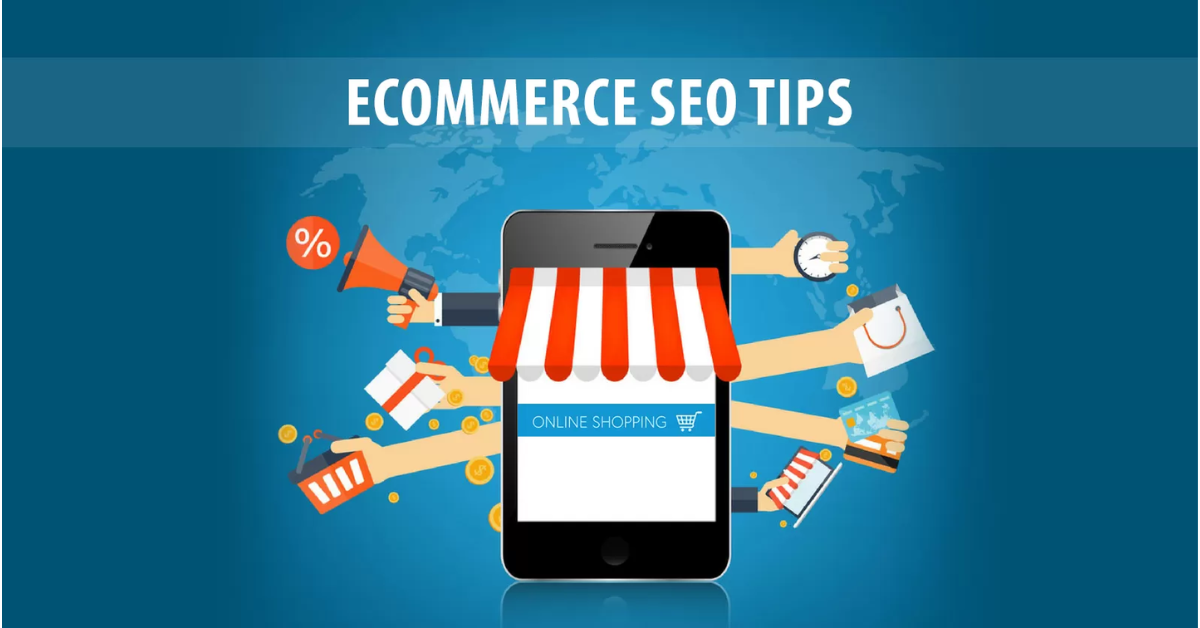In the competitive landscape of e-commerce, having a well-optimized website is crucial for attracting organic traffic and driving sales. Search Engine Optimization (SEO) plays a pivotal role in ensuring that your online store ranks high in search engine results, increasing visibility to potential customers.
1. Conduct Keyword Research:
Start by identifying relevant keywords and phrases that potential customers are likely to use when searching for products in your niche. Use keyword research tools like Google Keyword Planner or SEMrush to uncover high-volume keywords with moderate to low competition.
2. Optimize Product Titles and Descriptions:
Incorporate targeted keywords naturally into your product titles and descriptions to improve visibility in search results. Ensure that your product descriptions are unique, informative, and tailored to address the needs and preferences of your target audience.
3. Optimize Product Images:
Optimize product images by using descriptive filenames and adding alt text that includes relevant keywords. This not only improves accessibility for visually impaired users but also provides search engines with valuable context about your products.
4.Create Unique and Compelling Content:
In addition to product descriptions, create unique and informative content such as blog posts, buying guides, and tutorials related to your products or industry. This helps establish your authority, attract organic traffic, and encourage social sharing and backlinking.
5. Improve Site Speed and Mobile Responsiveness:
Site speed and mobile responsiveness are crucial ranking factors in Google's algorithm. Optimize your e-commerce website for speed by minimizing server response times, compressing images, and leveraging browser caching. Ensure that your website is mobile-friendly and provides a seamless user experience across all devices.
6. Implement Structured Data Markup:
Implement structured data markup, such as schema.org, to provide search engines with additional context about your products, including pricing, availability, reviews, and ratings. This can enhance your search engine listings and attract more qualified traffic to your online store.
7. Optimize Category Pages:
Optimize your category pages by including descriptive headings, engaging content, and internal links to relevant product pages. Use targeted keywords to optimize category page titles and meta descriptions, making it easier for search engines to understand the content of each page.
8. Build High-Quality Backlinks:
Earn high-quality backlinks from authoritative websites within your industry to improve your e-commerce site's authority and credibility. Focus on acquiring natural backlinks through content marketing, guest blogging, influencer partnerships, and participation in industry forums and communities.
9. Optimize for Local SEO:
If you have a physical storefront or serve a specific geographic area, optimize your e-commerce website for local SEO. Claim your Google My Business listing, optimize your NAP (name, address, phone number) information, and encourage customers to leave reviews and ratings.
10. Monitor and Analyze Performance:
Regularly monitor your e-commerce website's performance using tools like Google Analytics and Google Search Console. Track key metrics such as organic traffic, keyword rankings, conversion rates, and bounce rates. Use this data to identify areas for improvement and refine your SEO strategy accordingly.
If you are looking for other courses checkout here -
Graphic Design |
Web Design & Development |
Digital Marketing
